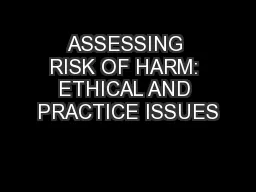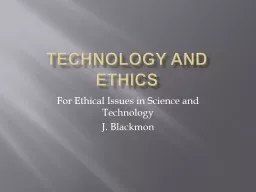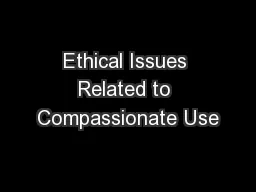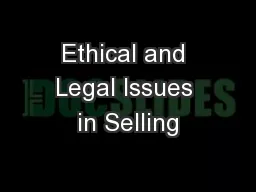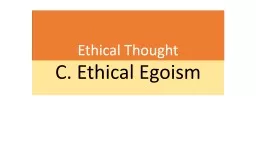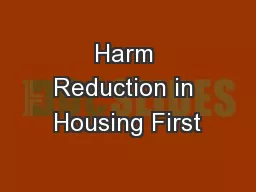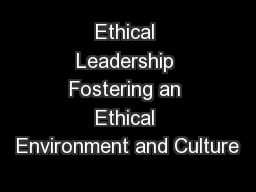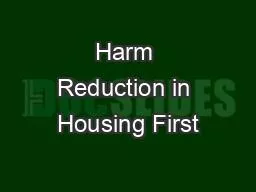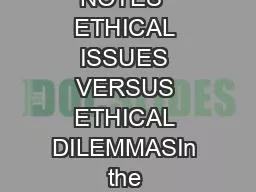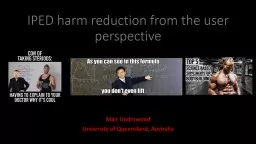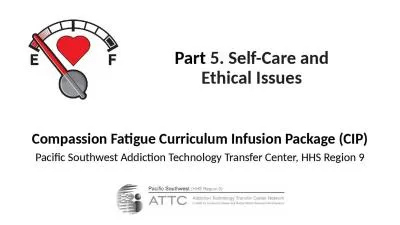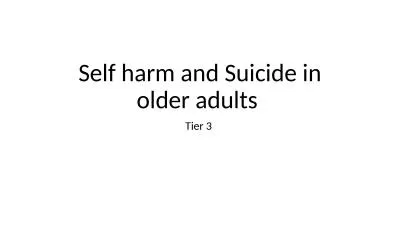PPT-ASSESSING RISK OF HARM: ETHICAL AND PRACTICE ISSUES
Author : karlyn-bohler | Published Date : 2018-10-29
UPDATE PPA CE AND ETHICS CONFERENCE Harrisburg PA March 31 2011 Bruce E Mapes PhD PO Box 1028 Exton PA 19341 6106968740 marojehotmailcom The frustrated judge asked
Presentation Embed Code
Download Presentation
Download Presentation The PPT/PDF document "ASSESSING RISK OF HARM: ETHICAL AND PRAC..." is the property of its rightful owner. Permission is granted to download and print the materials on this website for personal, non-commercial use only, and to display it on your personal computer provided you do not modify the materials and that you retain all copyright notices contained in the materials. By downloading content from our website, you accept the terms of this agreement.
ASSESSING RISK OF HARM: ETHICAL AND PRACTICE ISSUES: Transcript
Download Rules Of Document
"ASSESSING RISK OF HARM: ETHICAL AND PRACTICE ISSUES"The content belongs to its owner. You may download and print it for personal use, without modification, and keep all copyright notices. By downloading, you agree to these terms.
Related Documents

